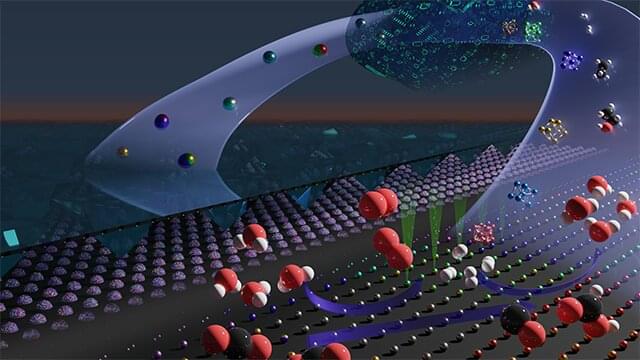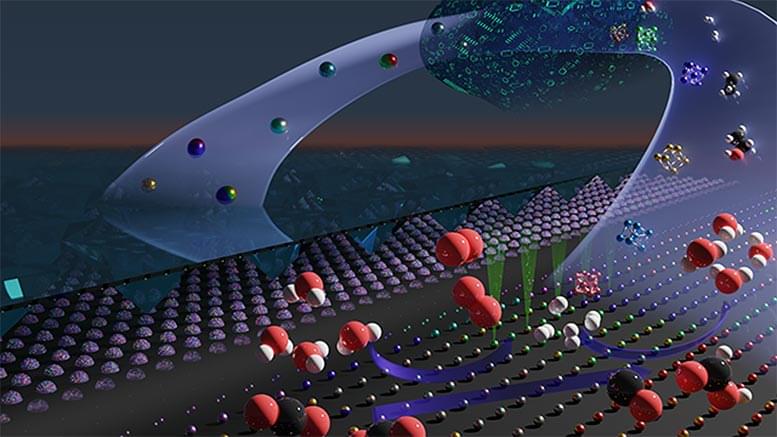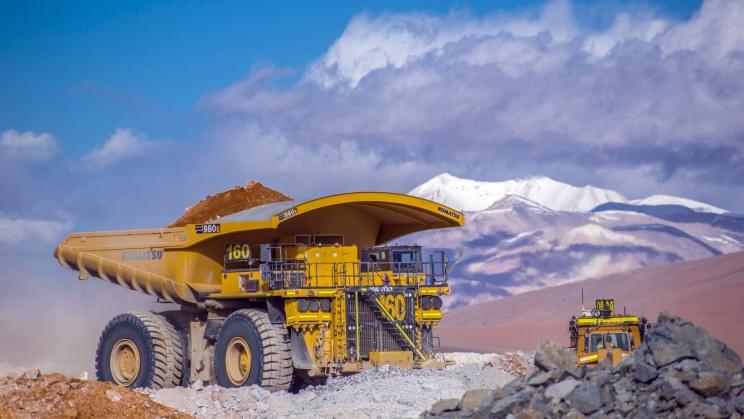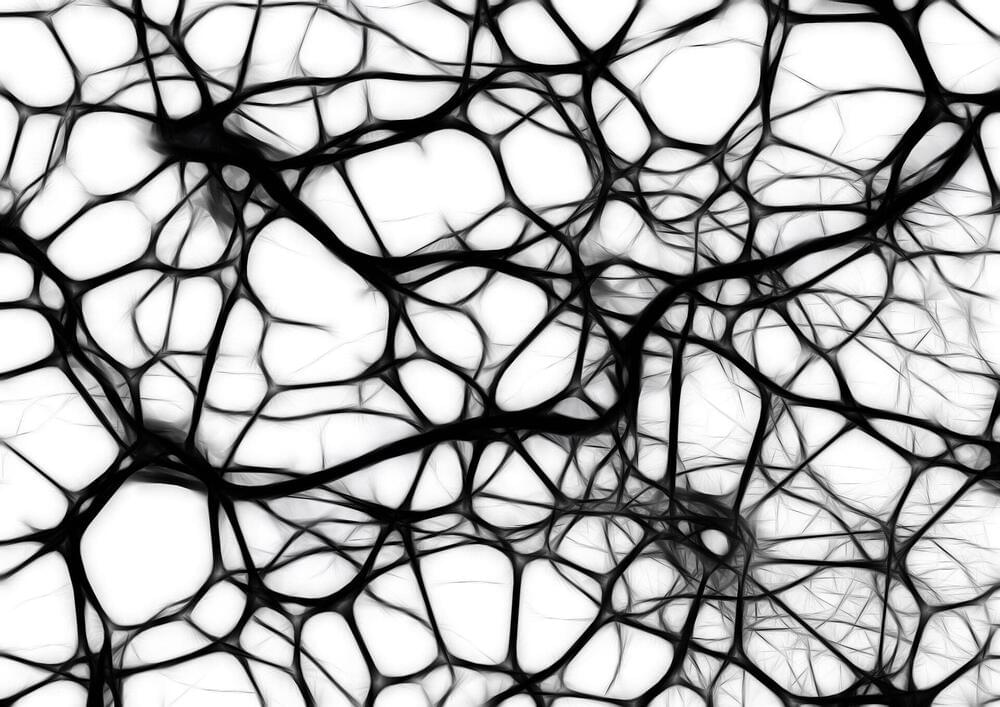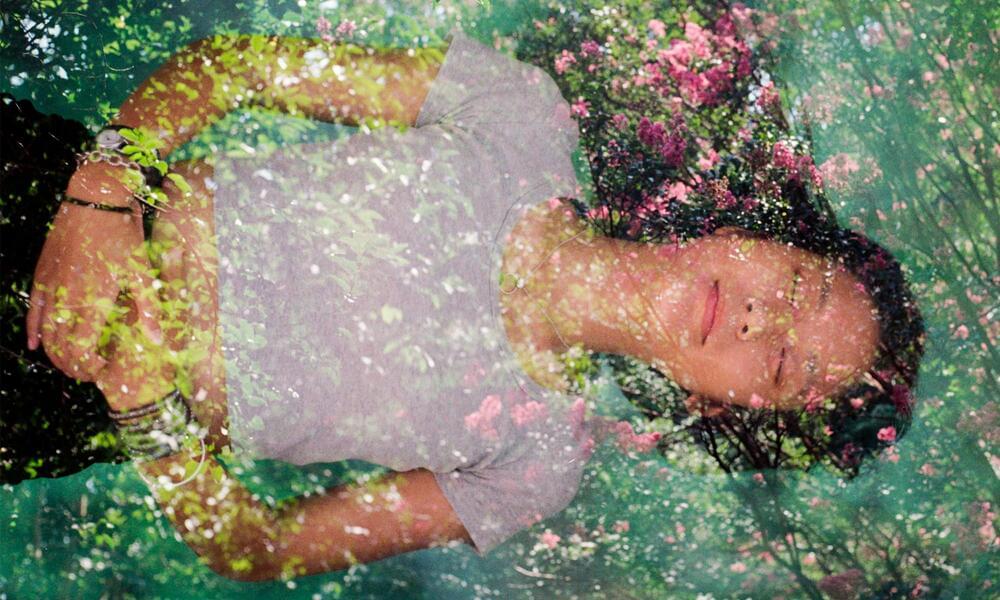Let’s nuke our way to the stars!
What is required to get us to other planets? A lot of things but mainly energy. Our current rockets simply can’t produce enough energy to get us that far.
American aerospace engineer, author, and advocate for human exploration of Mars Robert Zubrin has one idea for getting us to space and it’s a rather interesting one. It’s called Nuclear Salt Water Rocket (NSWR) and it replaces traditional chemical propellant with salts of plutonium or 20 p… See more.

